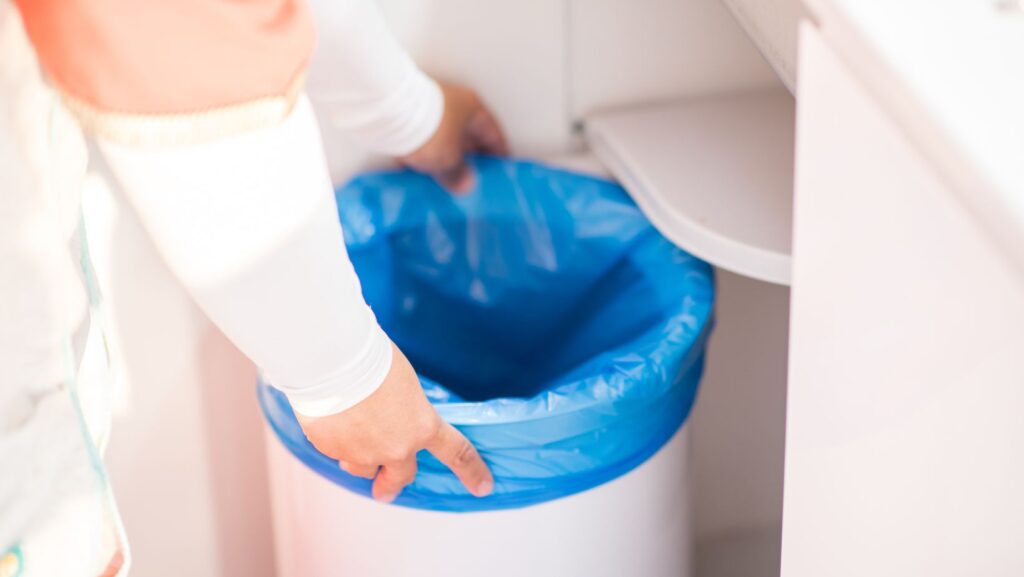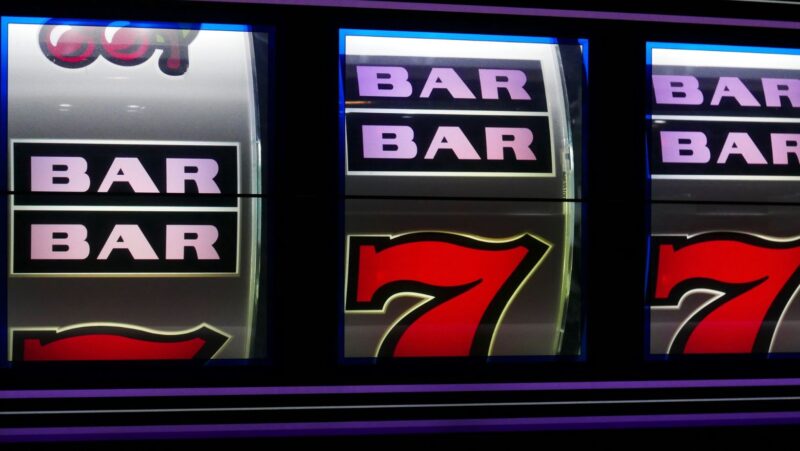
When it comes to keeping your trash in check, having the right can liner is key. You might not think about it much, but the type of liner you use can make a big difference. From durability to size and environmental impact, selecting the right one can help manage waste more efficiently. Here’s a simple guide to help you understand the different types of trash can liners and how to choose the best one for your needs.
High-Density vs. Low-Density Can Liners
One of the first things to consider is whether you need a high-density or low-density liner. These two types serve different purposes.
- High-Density Liners: These are thinner but strong enough for handling light to moderate loads, like paper and soft materials. They’re cost-effective and great for office waste or kitchen scraps. However, they can tear more easily when dealing with sharp objects.
- Low-Density Liners: Thicker and more durable, low-density liners are perfect for heavy or sharp waste, such as food scraps or construction materials. They stretch more, making them less likely to puncture. If durability is your top concern, this is your go-to option.
Biodegradable Can Liners
If you’re looking to reduce your environmental footprint, biodegradable can liners are worth exploring. These liners are designed to break down over time, reducing the long-term impact on landfills. They’re typically made from natural materials or additives that allow them to decompose when exposed to the right conditions.
Keep in mind that not all biodegradable liners break down at the same rate, and some may require specific environments to do so. Check for certification labels to ensure you’re getting an eco-friendly option.
Recycled Can Liners
Similar to biodegradable liners, recycled can liners help reduce waste by reusing materials. These liners are made from post-consumer plastic waste, so they give a second life to used plastic. Recycled liners are usually sturdy and perform just as well as non-recycled ones. They’re ideal for those who want to make an environmentally conscious choice without sacrificing quality. Choosing recycled liners is a practical way to contribute to a circular economy where materials are reused instead of discarded.
Flat Seal, Star Seal, and Gusset Seal Liners
Different types of seals determine how well the liner holds and distributes weight.

- Flat Seal Liners: These are the simplest liners, sealed across the bottom. While flat seal liners offer a good balance of strength and economy, they can be prone to leaks if overloaded. They work well for light-duty jobs where there’s no risk of leakage.
- Star Seal Liners: Star seal liners are the most common because they’re designed to evenly distribute weight across the bag. They have a seal that resembles a star shape, reducing the risk of leakage and making them ideal for various types of waste.
- Gusset Seal Liners: These liners have an expandable design that allows them to fit snugly into cans with sharp corners. Gusset seals help maximize liner capacity and are often used in large containers. They’re a solid choice for high-volume waste disposal.
Can Liner Sizes and Thickness
Lastly, it’s important to pick the right size and thickness for your needs. Liners come in a range of sizes to fit different trash cans, from small office bins to large industrial containers. To avoid overstuffing or leaks, be sure to choose a liner that fits your can size perfectly.
The thickness of the liner is measured in mils or microns. A liner with a thickness between 0.7 and 1.0 mils is usually ideal for light-duty tasks, while liners between 1.0 and 2.0 mils are great for heavier loads. If you’re handling sharp or heavy materials, opt for liners with a higher mil rating for extra durability.
Conclusion
Choosing the right can liner might seem like a small detail, but it can make waste management much more efficient. There’s a can liner out there for every job. Biodegradable and recycled liners help reduce environmental impact, while the right seal and thickness ensure your trash stays secure. Keep these factors in mind the next time you need to restock your can liners, and you’ll be well-prepared for any waste challenge.












